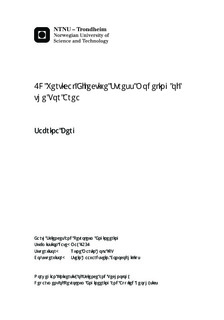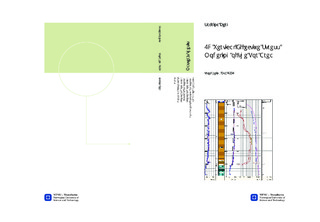| dc.description.abstract | The oil industry has been exploring and drilling for hydrocarbons for decades, and on the Norwegian Continental Shelf (NCS), most of the previously discovered big fields are in their ending phase. The remaining reserves in these fields may require highly complex wells, such as high pressure high temperature (HPHT) wells, and have not been previously drilled due to operational challenges in such a tight drilling window. Precise estimation of this window is therefore crucial when planning and drilling wells, something that may be done by the means of a carefully calibrated geomechanical model, describing the pressure gradients present in the formation of interest.This thesis involves building a 2D Tor field specific linear elastic geomechanical model, and describes the work process in order to do so. The 2D aspect of the model is due to the fact that several offset wells were utilized in the process of building the model, in the case of using only one well, the model would be 1D. By using log data, survey data and MWD data to build the initial model in the Predict software, operational observations found in daily drilling reports and suchlike documentation are then used to calibrate the model to coincide with these physical observations. This calibration is a crucial part of the modeling, as it will fine-tune the pressure gradients, resulting in the possibility of drilling a well that was previously thought to be close to impossible. When planning future wells in this area, compressing and decompressing the model to fit the formation depths of the planned well will allow an estimation of the safe drilling window. The initial accuracy is presumed to be high, however the more wells that are added to the model will increase the precision of it and lead to a better model.Based on the drilling window produced by the model, the casing structure and the mud design for the planned well can be estimated. Thus, on the basis of this model, with well estimated and reliable pore pressure gradients, fracture pressure gradients and shear failure pressure gradients, wells can be drilled both safely and cost efficient, allowing an optimal hydrocarbon recovery to surface. | nb_NO |

